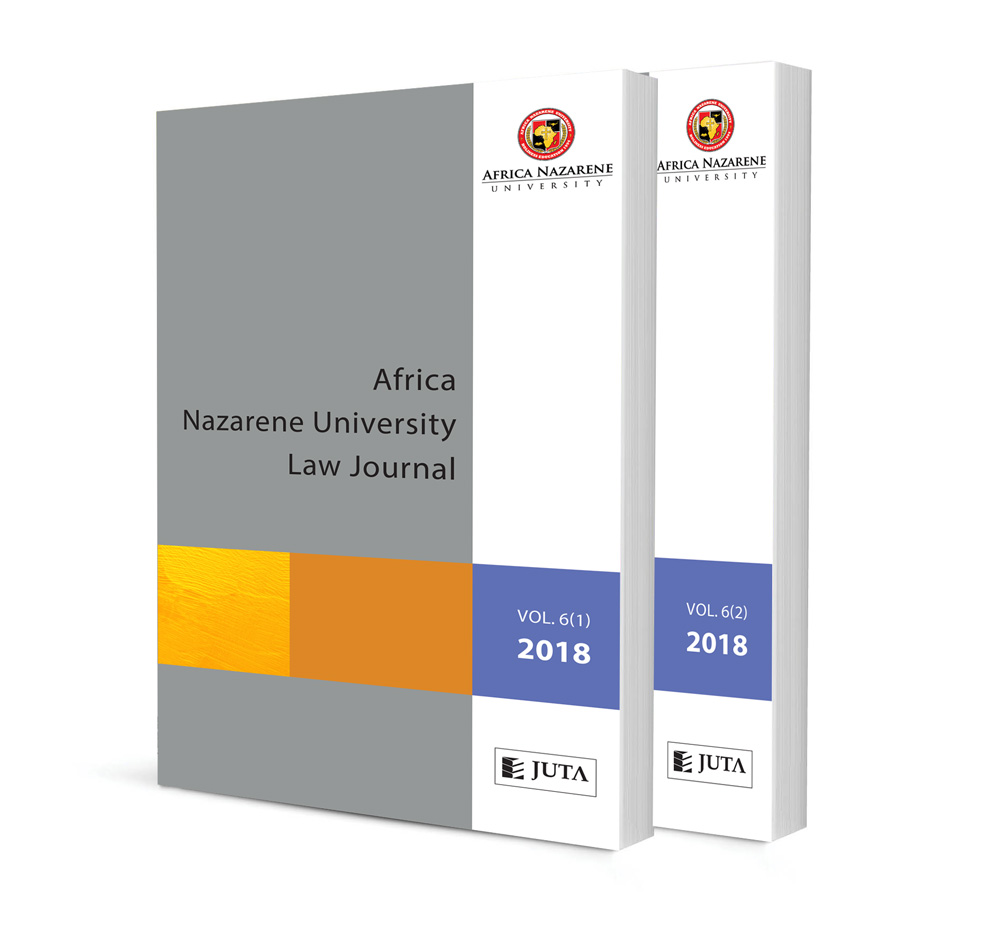A Critical Analysis of the Gender Dimensions of Internal Displacement in Kenya

A Critical Analysis of the Gender Dimensions of Internal Displacement in Kenya
Authors Dr Agnes Meroka
ISSN: 2521-2613
Affiliations: University of Nairobi
Source: Africa Nazarene University Law Journal, 2017, Issue 2, p. 31 – 48
Abstract
The United Nations High Commissioner for Refugees defines ‘internally displaced persons as persons or groups of persons who have been forced or obliged to flee or to leave their homes or places of habitual residence, in particular as a result of or in order to avoid the effects of armed conflict, situations of generalised violence, violations of human rights or natural or human-made disasters, and who have not crossed an internationally recognized State border.’ Twenty-six million people are displaced globally as a result of conflict and natural disasters and as at 2016, within Kenya, 138 000 people were estimated as being internally displaced as a result of conflict and violence and a further 40 000 as a result of other disasters. This article takes as its focus the effects of internal displacement on women, in particular Kenyan women in rural areas, and evaluates the international legal framework as well as Kenya’s national legal framework for the promotion of human rights of internally displaced women in Kenya. The author provides consideration of the gender dimensions of internal displacement and the role of the state in addressing the problems that women continue face, both as a result of this phenomenon and generally.